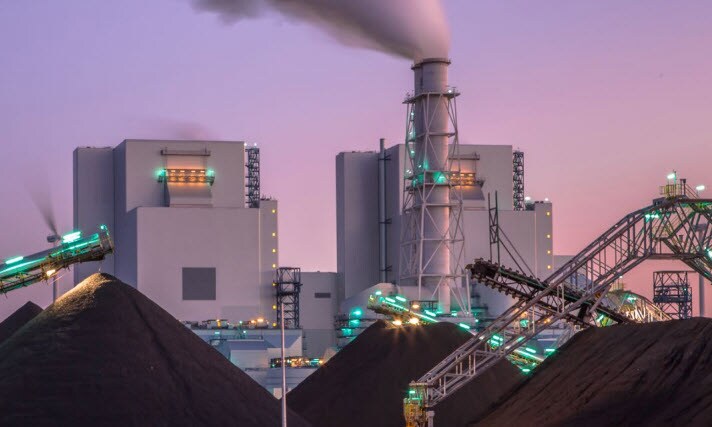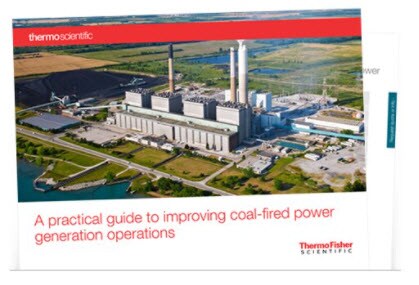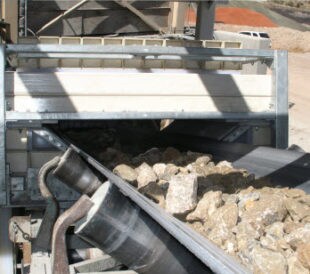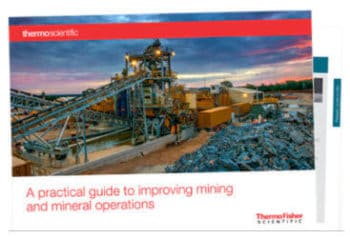 As we have previously written, every year 1.1 billion tons of coal are burned in the U.S., with 90% of that being used for electricity generation. A 1000 MWe coal plant uses 9000 tonnes of coal per day, equivalent to an entire train load — 90 cars with 100 tonnes in each! (Source energyeducation.ca)
As we have previously written, every year 1.1 billion tons of coal are burned in the U.S., with 90% of that being used for electricity generation. A 1000 MWe coal plant uses 9000 tonnes of coal per day, equivalent to an entire train load — 90 cars with 100 tonnes in each! (Source energyeducation.ca)
Globally, the coal-fired power plant faces the increasing demands of cost saving, process optimization, and cleaner gas emissions. Here are some areas where operations can be optimized, and environmental concerns can be addressed and a glimpse at some of the technologies that are used.
- Raw material handling. An enormous amount of raw material, coal in this case, is needed for a power generation plant. The coal must be brought in, pulverized into a powder, fed into a boiler, and then turned into steam. Raw material handling equipment for each stage of the process includes belt scale systems to move and monitor the weight of goods received, tramp metal detectors to protect the crusher and other expensive equipment, and conveyor protection switches to stop the conveyor if any unexpected accident happens. There are specialty process control instruments to ensure precise feeding of process materials, control inventory, and maintain product quality.
- Technologies used: belt scale systems, electronic integrators, tramp metal detectors, conveyor belt speed sensors, and safety switches.
- Online coal quality analysis. Your operation’s profitability can be enhanced when your operators know the coal’s quality as it comes from the mine or through the preparation plant. Online elemental coal analyzers and blending software measure the composition of coal in real-time and proactively address process variations to ensure more consistent coal blends. These analyzers can use either Prompt Gamma Neutron Activation (PGNAA) or Pulsed Fast Thermal Neutron Activation (PFTNA) technology to help provide coal producers with accurate, reliable data to control coal blends and ensure on-spec batches and more efficient use.
- Technologies used: coal analyzers, elemental crossbelt analyzers, blend optimization software.
- PMI and warehouse. With handheld XRF and LIBS analyzers, operators can perform positive material identification (PMI) on any piping material in the power plant to help ensure it does not contain incorrect or out of specification metal alloys. In addition, manufacturers who supply the piping can verify the metals and alloys meet customer requirements before they are shipped to the power plant.
- Technologies used: Handheld LIBS and handheld XRF analyzers for verification of metal and alloys in piping systems.
- Continuous emissions monitoring. Power plants are currently the dominant emitters of mercury (50 percent), acid gases (over 75 percent) and many toxic metals (20-60 percent) in the United States. (Source: US EPA) The burning of coal releases many pollutants, including sulfur (SOx) and particulate matter. The smokestacks from these power plants also emit greenhouse gases, such as carbon dioxide (CO2 and methane (CH4 ), which are detrimental to the environment and health. To help alleviate these concerns and adhere to regulatory compliance, power plants utilize technology to reduce the output of these harmful molecules. There are Continuous Emissions Monitoring Systems (CEMS) which include Particulate Matter (PM) CEMS and Mercury (Hg) CEMS. These probes are installed in stack and transfer gas to PM and Hg analyzers in the shelter, helping coal-fired power plants to comply with local PM and Hg emission regulation and achieve optimal process performance.
- Technologies used: Mercury measurement in exhaust stacks, continuous emissions monitoring for total reduced sulfur.
- Air quality monitoring. Governmental agencies continue to work toward developing regulations that minimize the release of pollutants and harmful toxins in the air by coal-fired power plants. Using proven and reliable technology helps ensure ambient air quality complies with local environmental regulations, allowing all of us to breathe easier. Air quality monitoring systems can measure air quality, low and high levels of criteria pollutants, as well as other gases and toxins, and helps ensure ambient air quality complies with local environmental regulations (SOx, NOx, CO, Ozone, PM 2.5/ PM10).
- Technologies used: Compliance systems for measuring air quality, low and high levels of criteria pollutants, as well as other gases and toxins.
We’ve covered these technologies and optimization methods in an easy-to-read ebook. Download the free guide to learn more about coal-fired power generation operations and how they can be optimized and more environmentally friendly.

Download the free eBook, A Practical Guide to Improving Coal-Fired Power Generation Operations






Leave a Reply